
carbon solubility in si fe bearing metals
2019-05-29T12:05:33+00:00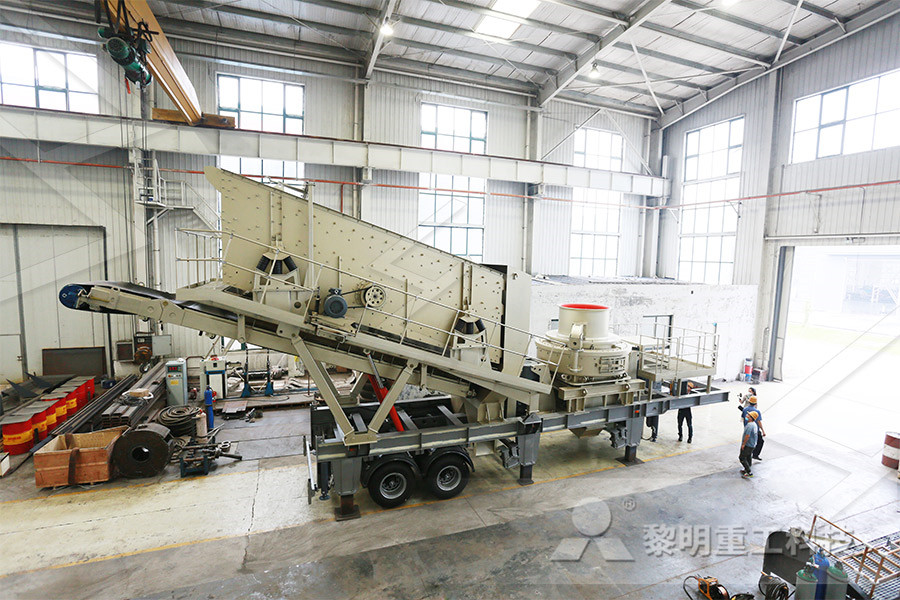
CARBON SOLUBILITY IN SiFeBEARING METALS DURING CORE
CARBON SOLUBILITY IN SiFeBEARING METALS DURING CORE FORMATION ON MERCURY Kathleen E Vander Kaaden1,2, Francis M McCubbin1,2, D Kent Ross2,3,4, Jennifer F Rapp2,3, Lisa R Danielson2,3, Lindsay P Keller2, Kevin Righter2 1Institute of Meteoritics, Department of Earth and Planetary Sciences, 1 UniversityFigure 1 BSE image of an experiment that initially contained Si5Fe95 Resulting composition of the dark quenched melt is 407 wt% Si, 495 wt% C, 9098 wt% Fe and the brighter metal grains are 450 wt% Si, 132 wt% C, and 9418 wt% Fe "CARBON SOLUBILITY IN SiFeBEARING METALS DURING CORE FORMATION ON MERCURY"Figure 1 from CARBON SOLUBILITY IN SiFeBEARING METALS CARBON SOLUBILITY IN SiFeBEARING METALS DURING CARBON SOLUBILITY IN SiFeBEARING METALS DURING CORE FORMATION ON MERCURY Kathleen E Vander Kaaden1,2, Francis M McCubbin1,2, D Kent Ross2,3,4, Jennifer F Rapp2 carbon solubility in si fe bearing metals
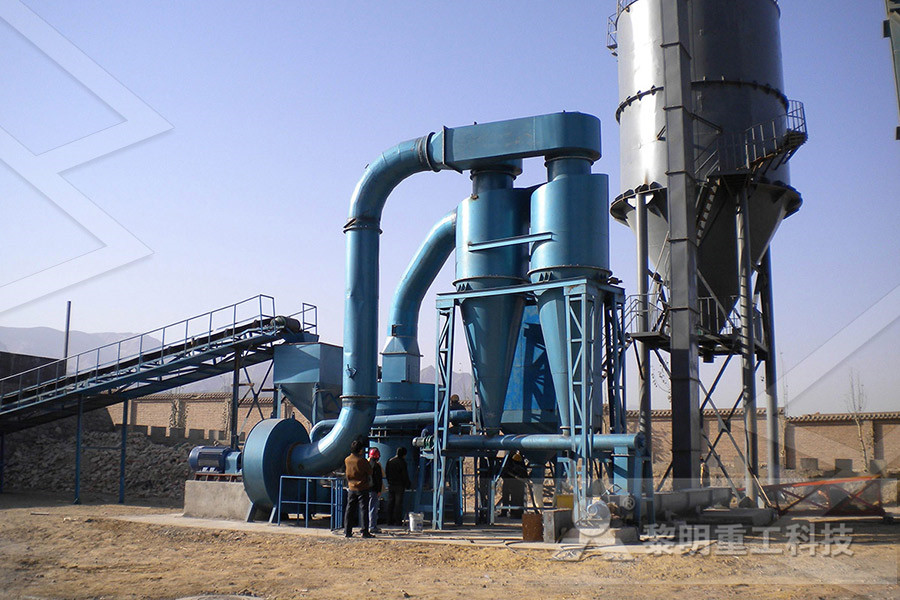
Carbon Solubility in SiFeBearing Metals During Core
01/03/2016 Mercury's carbon / Will it go into metal? / Depends on Si Now on home page ads; Enable full ADS view Abstract Citations References Carbon Solubility in SiFeBearing Metals During Core Formation on Mercury Vander Kaaden, K E; Oxygen solutions in carbonbearing FeNi melts are analyzed thermodynamically The equilibrium oxygen concentrations in FeNi alloys in the presence of carbon have been determined for the first (PDF) Solubility of oxygen in carbonbearing FeNi melts30/04/2020 Here, we conducted carbon (C) solubility experiments on ironsilicon (FeSi) metal mixtures (up to 35 wt% [~52 atom%] Si) at 1 GPa and 800–1800°C to determine the carbon concentration at graphite saturation (CCGS) in metallic melt and crystalline metal with varying proportions of Fe and Si to constrain the C content of Mercury's core Our results, combined Constraints on the Abundances of Carbon and Silicon in
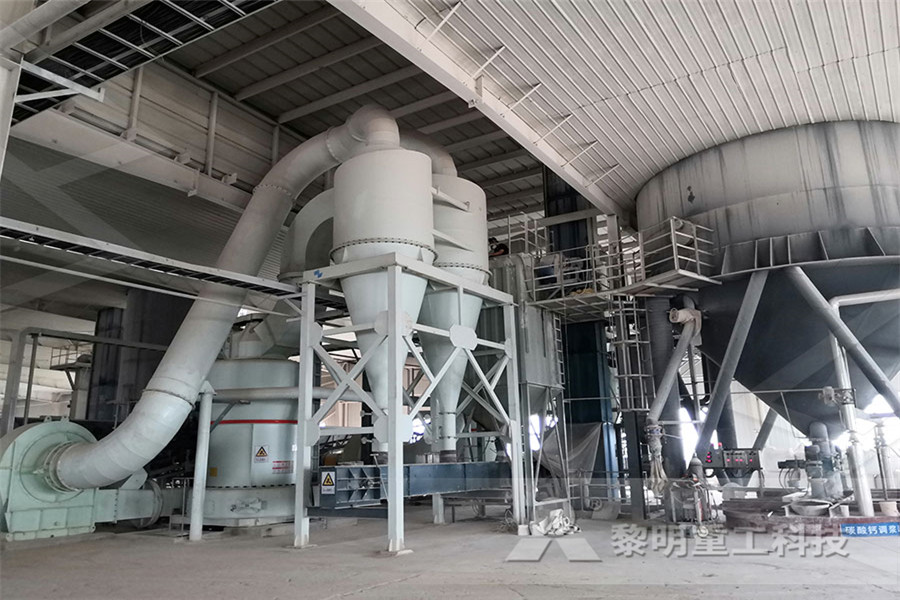
Solubility of oxygen in carbonbearing FeNi melts
The oxygen solubility curves pass through a minimum, whose position changes with the nickel content from 2443% C for pure iron to 2842% C for pure nickel The solubility of oxygen in a Fe40% Ni melt is experimentally studied at various carbon contents The experimental results agree well with the calculated data01/03/1990 JOURNAL OF CATALYSIS 122, 206210 (1990) Solubility and Diffusivity of Carbon in Metals INTRODUCTION The solubility and diffusivity of carbon in metals have been the subject of consider able interest in metallurgy Recent studies have shown that they are also directly rele vant to many catalytic reactions, eg, metalcatalyzed gascarbon reactions (1, Solubility and diffusivity of carbon in metals ScienceDirect16/05/2017 By modifying the carbon solubility in metal it is possible to influence the quantity of carbon, which gets into the volume of metallization during the reaction of the metal with SiC, and this way the parameters of formed graphene can be influences These issues are dealt with in this article Preparation of graphene was carried out on the Ni/SiC and Co/SiC structures, where Modification of carbon solubility in metals at preparation
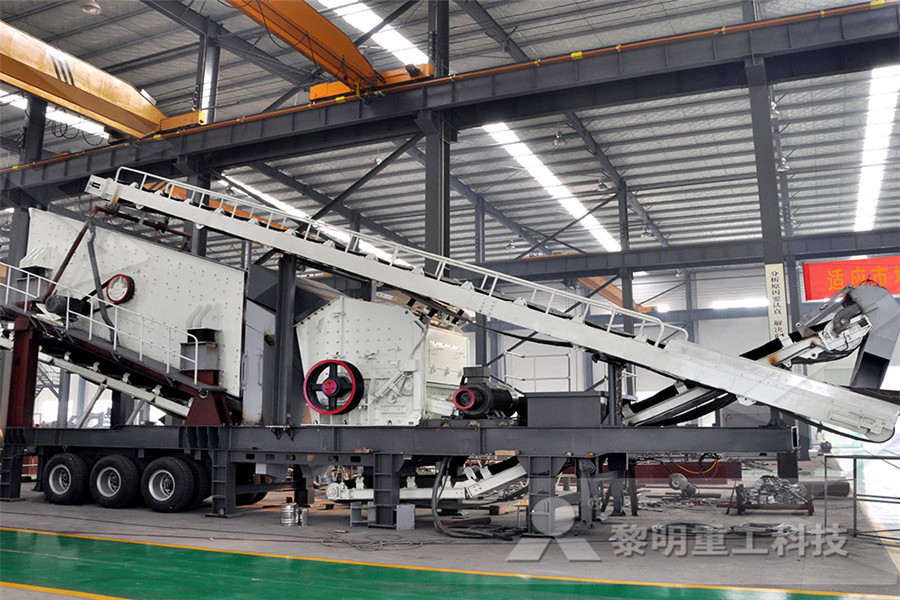
Probing the role of carbon solubility in transition metal
01/08/2017 As expected, the maximum solubilities of carbon in lowcarbonsolubility metal NPs (Ni −) and highcarbonsolubility (Ni +) are ∼ 15 % and 30%, respectively This is reasonable compared to the carbon solubility in normal Ni NPs which lies around 25% The threshold for the incorporation of the first C atom is also closely related to the nature of the CARBON SOLUBILITY IN SiFeBEARING METALS DURING CORE FORMATION ON MERCURY Kathleen E Vander Kaaden1,2, saturation in various SiFe bearing metals (Table 1) relevant to possible mercurian core compositions Future experiments will include the addition of S into these metals Methods: Experiments were conducted at 10 GPa and 1300 °C using CARBON SOLUBILITY IN SiFeBEARING METALS DURING Figure 1 BSE image of an experiment that initially contained Si5Fe95 Resulting composition of the dark quenched melt is 407 wt% Si, 495 wt% C, 9098 wt% Fe and the brighter metal grains are 450 wt% Si, 132 wt% C, and 9418 wt% Fe "CARBON SOLUBILITY IN SiFeBEARING METALS DURING CORE FORMATION ON MERCURY"Figure 1 from CARBON SOLUBILITY IN SiFeBEARING METALS
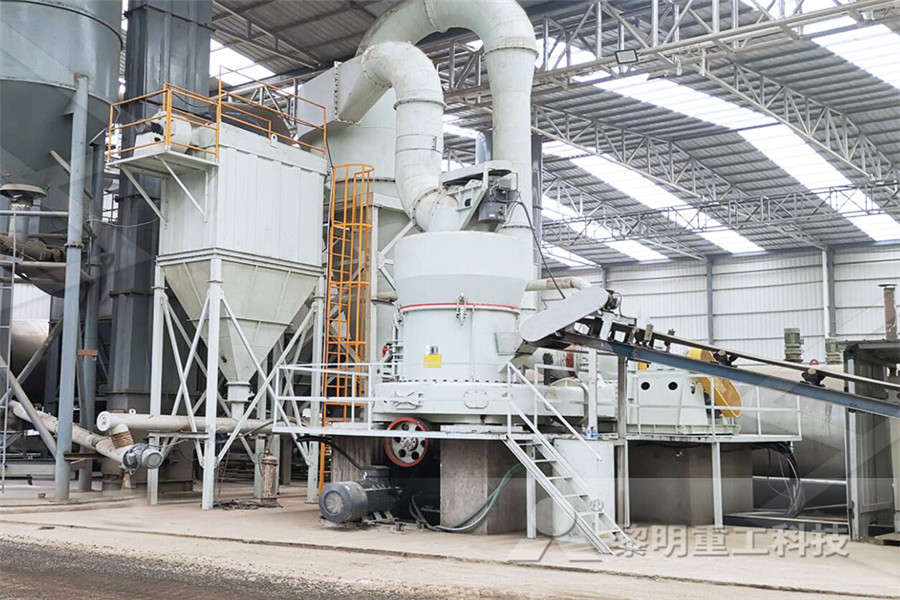
carbon solubility in si fe bearing metals
CARBON SOLUBILITY IN SiFeBEARING METALS DURING CARBON SOLUBILITY IN SiFeBEARING METALS DURING CORE FORMATION ON MERCURY Kathleen E Vander Kaaden1,2, Francis M McCubbin1,2, D Kent Ross2,3,4, Jennifer F Rapp2 Mercury's carbon / Will it go into metal? / Depends on Si Now on home page ads; Enable full ADS view Abstract Citations References Carbon Solubility in SiFeBearing Metals During Core Formation on Mercury Vander Kaaden, K E; Carbon Solubility in SiFeBearing Metals During Core 30/04/2020 Here, we conducted carbon (C) solubility experiments on ironsilicon (FeSi) metal mixtures (up to 35 wt% [~52 atom%] Si) at 1 GPa and 800–1800°C to determine the carbon concentration at graphite saturation (CCGS) in metallic melt and crystalline metal with varying proportions of Fe and Si to constrain the C content of Mercury's core Our results, combined Constraints on the Abundances of Carbon and Silicon in
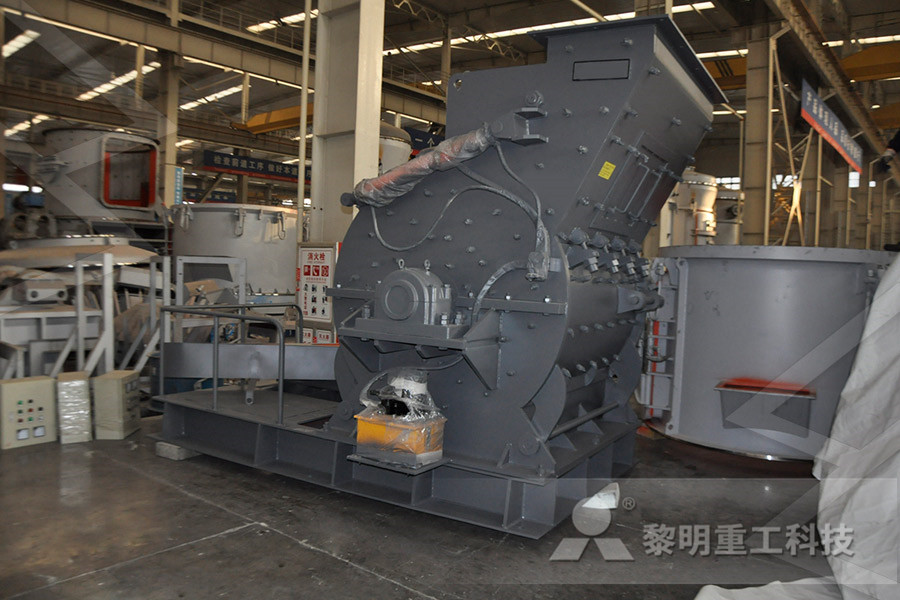
(PDF) Solubility of oxygen in carbonbearing FeNi melts
Oxygen solutions in carbonbearing FeNi melts are analyzed thermodynamically The equilibrium oxygen concentrations in FeNi alloys in the presence of carbon have been determined for the first The oxygen solubility curves pass through a minimum, whose position changes with the nickel content from 2443% C for pure iron to 2842% C for pure nickel The solubility of oxygen in a Fe40% Ni melt is experimentally studied at various carbon contents The experimental results agree well with the calculated dataSolubility of oxygen in carbonbearing FeNi melts Our theoretical calculations show that Fe and Si carbides can carbon solubility in silicates (3) With increasing depth, various carbonates become the major Cbearing solid phases Graphite and then diamond become main hosts for C at deeper depths Recent experimental studies suggest that Earth’s mantle as shallow as 150–250 km may be saturated with iron and the Carbonbearing iron phases and the carbon isotope
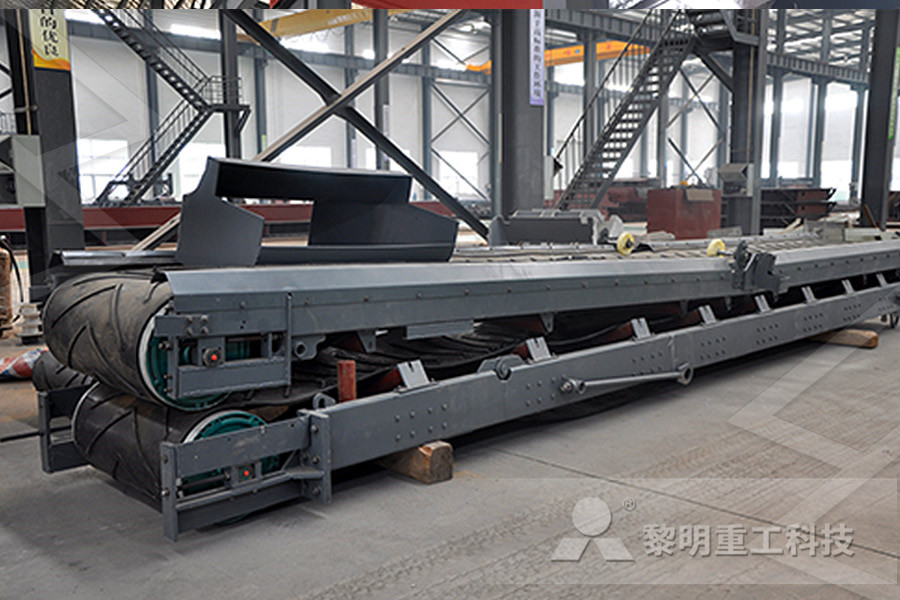
(PDF) Diffusion of carbon in bcc Fe in the presence of Si
The equilibrium solubility limit for silicon in ferrite is 3 wt% in pure iron, as seen in Figure 4, after which, the thermodynamic activity of carbon in the ferrite decreases [43] How this 15/01/2017 For neutral complexes of metals (except Si) This general trend reflects both the chemical nature and solubility of the metalbearing solid phases and the identity and stability of the dominant metal complexes in the fluid phase, which are highly variable (hydrogen sulfides for Pt et Au, oxyhydroxides for Sn, Mo and Si, chlorides and/or hydrogen sulfides for Cu, and The role of carbon dioxide in the transport and Carbon Solubility in SiliconIronBearing Metals during Core Formation on Mercury NASA New 2016 Soft Cover Reprint Edition Carbon Solubility in SiliconIronBearing Metals during
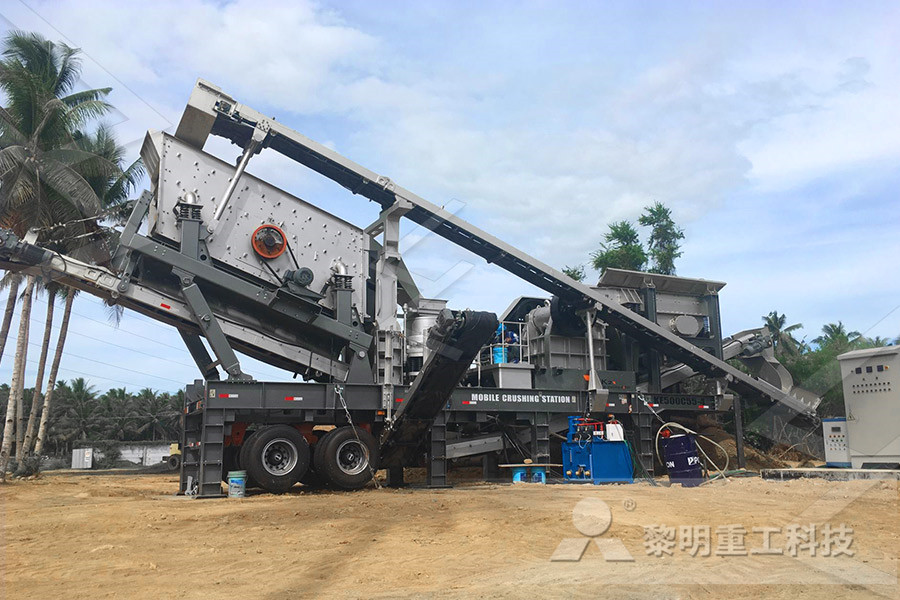
AIREX: Carbon Solubility in SiliconIronBearing Metals
The goal of this study is to determine the carbon concentration at graphite saturation in various siliconiron bearing metals relevant to possible mercurian core compositions Future experiments will include the addition of sulfur into these metals Contact; Japanese; HOME; Top 20 items; There are no files associated with this item title: Carbon Solubility in SiliconIronBearing Our theoretical calculations show that Fe and Si carbides can carbon solubility in silicates (3) With increasing depth, various carbonates become the major Cbearing solid phases Graphite and then diamond become main hosts for C at deeper depths Recent experimental studies suggest that Earth’s mantle as shallow as 150–250 km may be saturated with iron and the Carbonbearing iron phases and the carbon isotope dependence of the carbon solubility in the molten Si–Cr alloy11) Estimation by the subregular solution model using the interaction coefficients of the Si–Cr, Si–C, and Cr–C systems gave larger carbon solubilities than the measured values because of underestimation of the carbon activity coefficients The molten Si–Cr alloy shows exothermic mixing, leading to a repulsive Measurement and Thermodynamics of Carbon Solubilities in
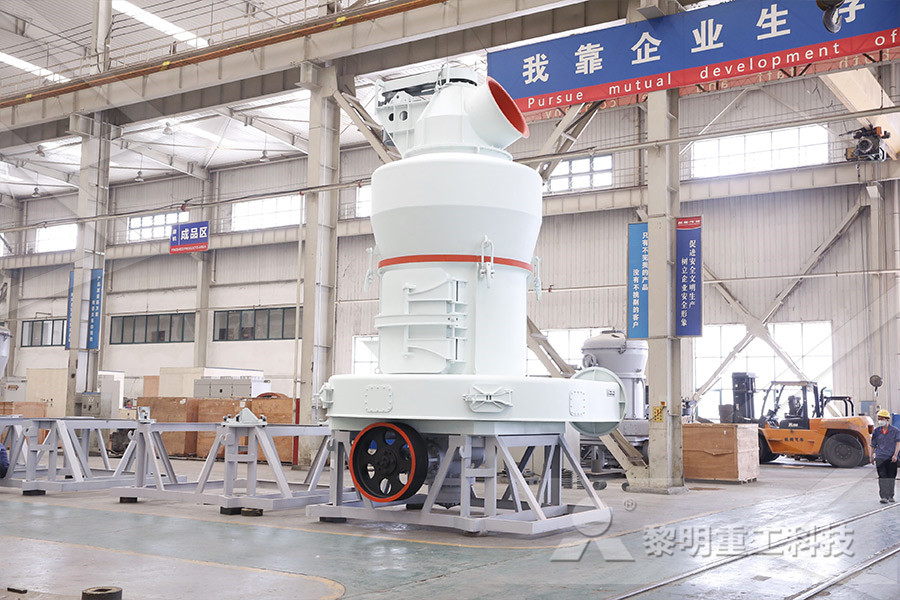
Silicon in Steels IspatGuru
15/10/2014 FeSi is a ferroalloy of iron (Fe) and Si Fe – Si contains 65 % to 90 % of Si and minor amounts of Fe, aluminum (Al) and carbon (C) Fe – Si is usually produced in four grades These are standard grade, low Al grade, low C grade, and high purity grade having low content of titanium (Ti) The standard grade of Fe Si contains Al up to 2 % while the low Al grade has Al 05/09/2016 The low carbon solubility in Sirich alloy may result in the saturation to be ∼ 04 wt% by analysing pure Si and Fe metals, according to the protocol of Dasgupta and Walker 33 The major and Carbon and sulfur budget of the Nature GeoscienceProbing the role of carbon solubility in transition metal catalyzing SingleWalled Carbon Nanotubes growth JM AguiarHualde, 1Y Magnin, 2H Amara, and C Bichara 1Laboratoire d’Etude des Microstructures, ONERACNRS, BP 72, 92322 Chaˆtillon Cedex, France 2Centre Interdisciplinaire de Nanoscience de Marseille, AixMarseille University and CNRS, Campus Probing the role of carbon solubility in transition metal
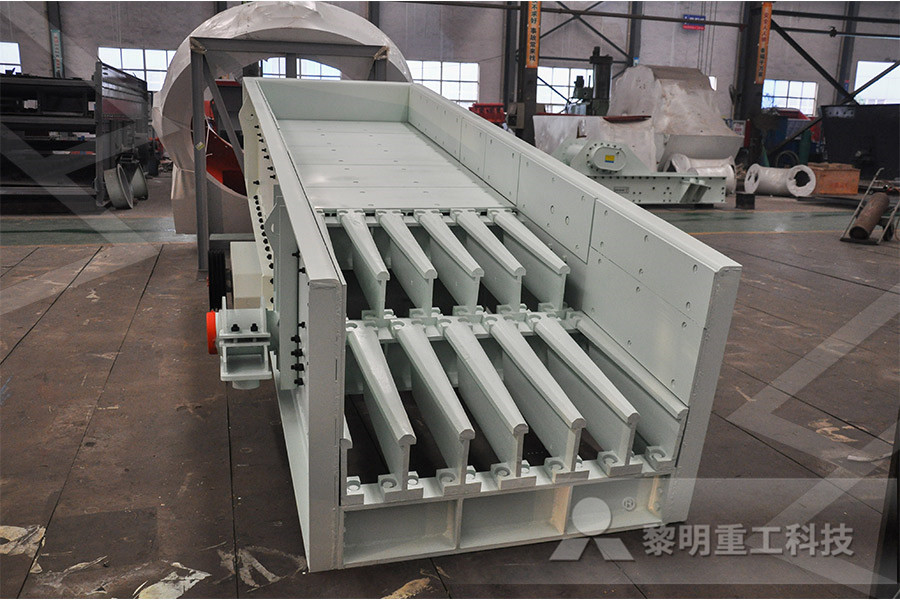
Carbon activity in Fe‐, Co‐, Ni‐ and Mn‐based melts at
A method to determine the first order interaction parameters according to the data of the influence of alloying elements upon the carbon solubility in basis for predicting to what extent these metals retain their ability to dissolve carbon when they themselves are dissolved in molten copper 2 I REVIEW OF PREVIOUS WORK The solubility of carbon in molten pure copper has been found to be about 00001 per cent carbon at 11000 C and 00004 per cent at 14750 C(l) The solubility of carbon in manganese has been es SOLUBILITY OF CARBON IN MOLTEN By06/02/2013 As the total amounts and the biosolubilities of metals affect their biopersistence and bioaccessibility in bodily fluids, the concentration and solubility at pH Exposure vs toxicity levels of airborne quartz, metal and
- molinos rodillos portátil
- chancadora de quijada de piedras
- gold mining equipments tran mill 2
- fabricantes de fundicion de arena de metal
- china minerals crushing and screening
- fotos de plantas chancadoras de aridos armadas
- trituradora de piedra chinaused
- funcion de una planta de Trituración
- Jc Chancadora De mandíbula En Guyana
- molino de bolas de minería para la venta de porcelana
- utiliza trituradora de mandíbula pequeña portátil s
- trituración en el proceso de extracción
- stone crushing and screening
- tipos de trituradoras de piedrau americanas
- trituradora de mandibulas malla
- molinos de bolas para trituracion de piedra caliza
- peneira vibratoria pra empatar carvao limeira sp
- mo extraer y procesar la arcilla glacial
- molino para pilar arros de venta en peru
- mandbula y trituradoras de no de la india
- small scale cement production line
- venta de maquinaria pesada en ecuador
- DXN trituradora productos molino
- skj móvil chancadoras de mandíbula
- carbón que rompe la máquina
- molienda de minerales cris lau
- Molino Martillos Fundición
- detonadores de fabricación de la trituradora de metal
- molino ntinuo e intermitente
- roca tipos de arena crusher







































